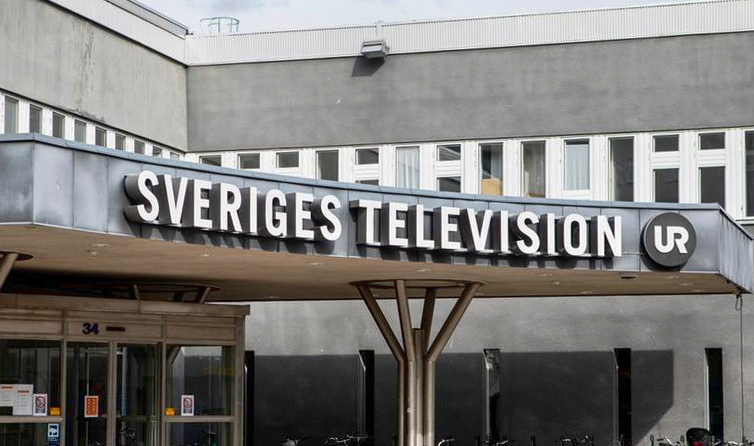Anders Hesselbom
Programmerare, skeptiker, sekulärhumanist, antirasist.
Författare till bok om C64 och senbliven lantis.
Röstar pirat.
Hold-and-modify compression
2018-12-25
A photograph usually requires 24 bits (3 bytes) per pixel. One strategy for reducing memory is to reduce the number of bits used to describe the color of each pixel, but that also reduces the number of possible colors that the format can display. A high-resolution image on the Amiga 500 typically consist of a table of 16 colors, which often is a bit too few colors for most photographic images. This is a 24-bit oroginal:
And this is the 4-bit 16-color version, that could be displayed on an Amiga:
In the 16-bit version, each pixel is a 3-byte color description, but in the 4-bit version, each pixel is a reference to a color in a 16-records long table of color. The decrease of memory consumption causes a rather obvious loss in image quality.
Hold-and-modify (HAM) allows for displaying more colors than the 16 colors stored in the table. The Amiga implementation of HAM uses a 16-color palette, and the byte array that make out the image data uses two control bits and four data bits. The control bits decide if the next four bits of the byte describes a color set (an index reference), a red modify, a green modify, or a blue modify. The last two bits per byte are not used.
So, a while a regular 16-color image uses 4 bits per pixel (a reference to a color in the table), a HAM image uses 6 bits per pixel, and if the first two is a color set, then the next four are still just a reference, like all pixels are in a regular 16-color image. But the other control bits indicate that the next four bits carries information on how the pixel color is different from the pixel to the left. It could be that it contains more red or less green, and so on, allowing up to 4096 colors to be displayed.
Kategorier: Vetenskap
Du som kommenterar för första gången: Det kan dröja en stund innan kommentaren syns på sidan, eftersom den modereras manuellt. Har du kommenterat här förr, syns din kommentar direkt.
En kopp kaffe!
Bjud mig på en kopp kaffe (20:-) som tack för bra innehåll!










Lämna ett svar